how do brakes work on a train
On the metallic wheels which are mounted on the axles of each bogie brake liners are mounted. With the help of spring tension these brakes are applied.
The compressor on the locomotive charges the main reservoir with air at 125140 psi 8697 bar.
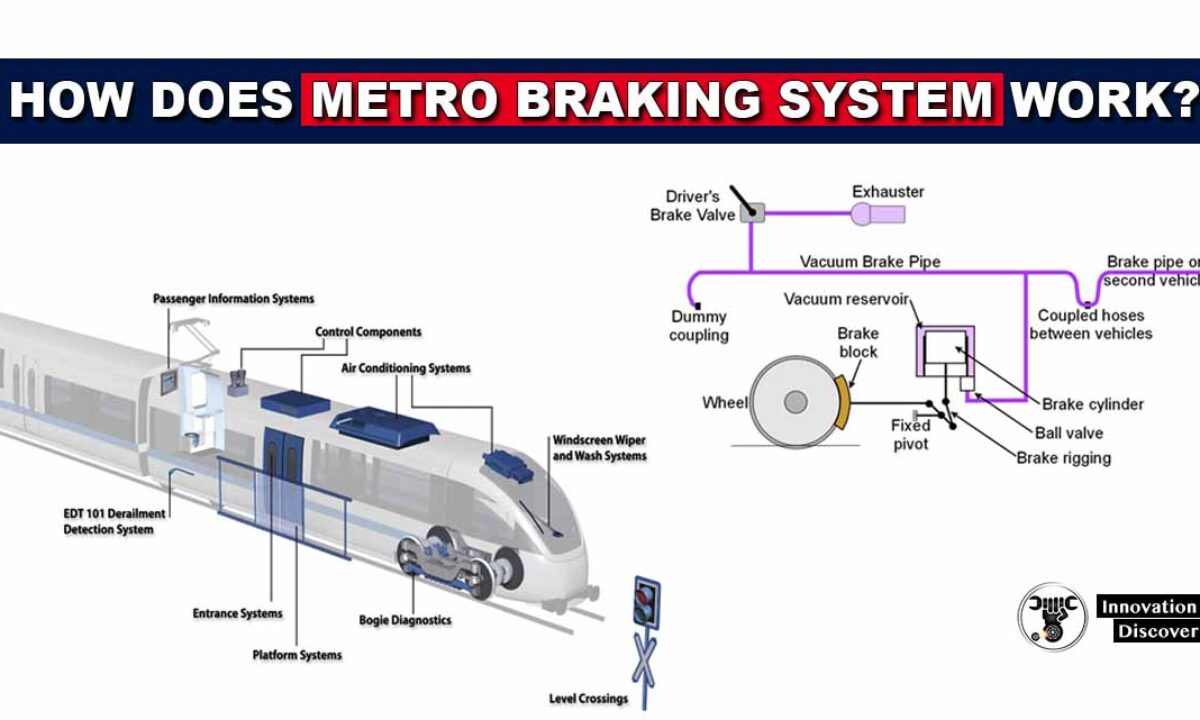
. 3-Rail Scale Model Trains. The train brakes are released by admitting air to the train pipe through the engineers brake valve. Each reservoir on each car is charged up by air supplied from the locomotive through the brake pipe.
When there is a dip in pressure in that line from an application or a hose break it trips a valve on the reservoir and sends a corresponding increase in air pressure to the brake cylinders. The brakes apply whenever the air pressure in the brake pipe drops. 2-Rail Scale Model Trains.
For the train to actually move the operator has to disconnect this air tank. Cut a small rectangular piece of cardboard about 7 cm by 5 cm. Essentially the brakes are always on.
Us freight railroad brakes use a pressurized air line to supply reservoirs on each car. Air brakes at the outermost vehicles of a train are turned off using a tap. This inefficient manual system was replaced by direct air-brake systems which used an air compressor to feed air through a brake pipe into air tanks on each car.
In this small tutorial we go through the basics of how train brakes work. Use double-sided foam tape to attach a. He or she does this by pumping air into a.
The piston is connected through mechanical linkage to brake shoes that can rub on the train wheels using the resulting friction to slow the train. A What are independent brakesb What are auto brakesc What re dynamic brakesd. If the train accidentally uncouples the brakes will automatically apply fully-since all of the brake pipe pressure will be vented to the atmosphere through the disconnected pipe.
Braking system of a train works on the principle of Vacuum Brakes. 3-Rail Traditional Toy Trains. Before air brakes trains used a primitive brake system that required an operator or brakeman in each car to apply a hand brake at the signal of the train director or engineer.
The resistance of the motor field acts as a brake on the locomotive which in turn helps to slow the train. Depends on the train and location. 26 psi x 25 65 psi Any further draw down from the train line wont increase the pressure in the cylinder.
When the train reaches flat land the engineer disengages the dynamic brake which turns the fans off fires up the prime mover and begins sending current to the traction motors again. Track Plans and Layout Design. By supplying compressed air this spring force is overcome and the brakes are released.
Locomotive air brake systems are manually controlled by two brake valves which work together but have different functions and both when in controlling or trailing position in a locomotive consist automatically in response to reductions in brake pipe pressure initiated by any cause other than use of that locomotives brake valve. Normally with the train rolling along and the brakes released the locomotive will be maintaining 90 psi in the brake pipe and the reservoirs will be charged up to 90 psi too. The only way to do that is to place the brake valve in emergency which draws off air from the emergency reservoir.
The air brake system on a train works by the linkage of all the carriages or trucks from the engine and works by not pushing on the brakes but instead it holds them off until the pedal is pressed and the air is prevented and the brakes lock on. In the air brakes simplest form called the straight air system compressed air pushes on a piston in a cylinder. Build a magnetic stopper on one end of your track as shown in Figure 7.
3-Rail Tinplate Toy Trains. It is sealed against a rubber washer by the vacuum with a pin to hold the pipe in place when the vacuum drops during braking. The mechanical linkage can become quite elaborate as it evenly distributes force from one pressurized air cylinder to 8 or 12 wheels.
The electric current generated by the motors in the dynamic-braking mode is a waste product and is dissipated as heat in banks of. In normal braking the pressure in the train pipe does not reduce to zero. Brake cylinder of each car causes the brakes to move away from the wheels.
Use tape to attach the piece of cardboard at a right angle to one end of your track. The train line will be at 64 psi the main reservoir will be at 64 psi and the brake cylinder will also be about 64 psi. When you push the function key to turn on the dynamic brakes on a DCC-sound-equipped model locomotive the sound you hear is those fans kicking in.
Vacuum brakes at the outermost vehicles of a train are sealed by fixed plugs dummies onto which the open end of the vacuum pipe is placed. The power part comes from air stored in a reservoir on each car. O Scale Narrow Gauge Forum.
Bogies The Railway Technical Website Prc Rail Consulting Ltd
Electro Pneumatic Brakes The Railway Technical Website Prc Rail Consulting Ltd

Electromagnetic Rail Brake Youtube
What Is A Vacuum Braking System Quora
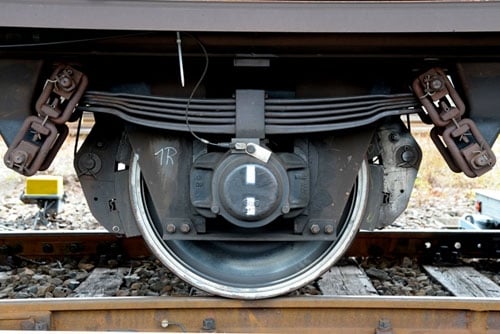
A Life Cycle Approach To Braking Costs International Railway Journal
Vacuum Brakes The Railway Technical Website Prc Rail Consulting Ltd
Vacuum Brakes The Railway Technical Website Prc Rail Consulting Ltd
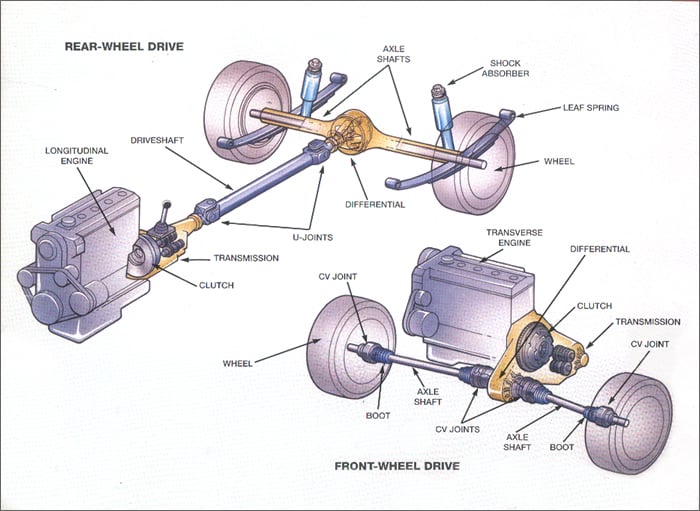
The Drive Train Hydraulic Brake System Steering System Schoolworkhelper

Couplers Brakes The Transcontinental Railroad

How Does Work Disc Brake Of Lhb Coach Youtube

What Type Of Braking System Used In Metro Trains How Does Metro
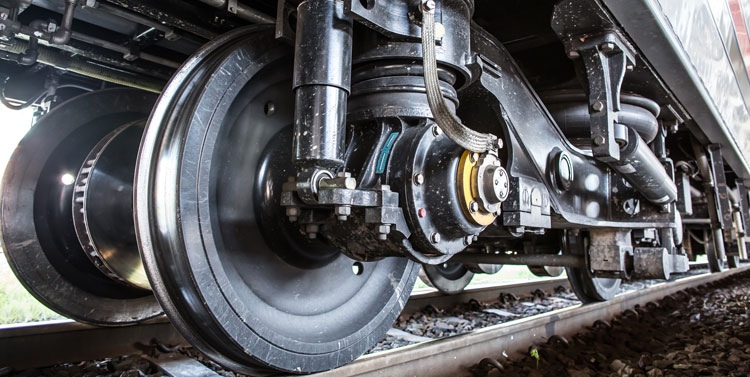
Train Braking Performance Determination Global Railway Review

How Does Regenerative Braking Work Skill Lync Youtube
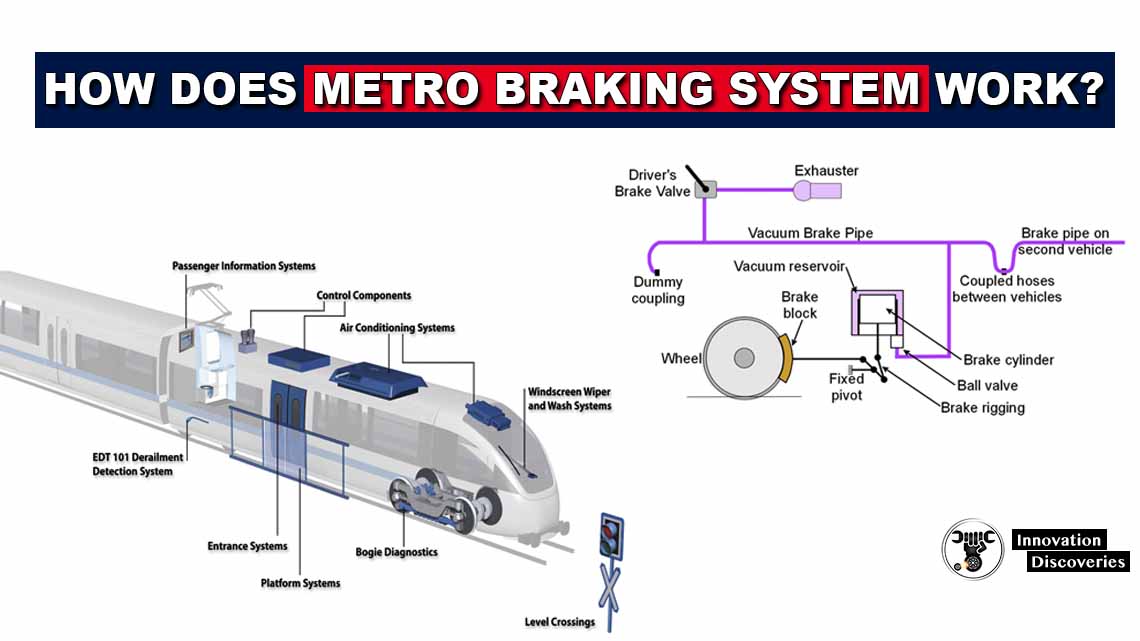
What Type Of Braking System Used In Metro Trains How Does Metro

What Is Train Air Brake Trainairbrake Introduction Of Train Braking System Lhb Train Brake Youtube

Air Brakes And Locomotive Connections Youtube

Howstuffworks How Brakes Work Anti Lock Braking System Brake System Brakes
Electro Pneumatic Brakes The Railway Technical Website Prc Rail Consulting Ltd
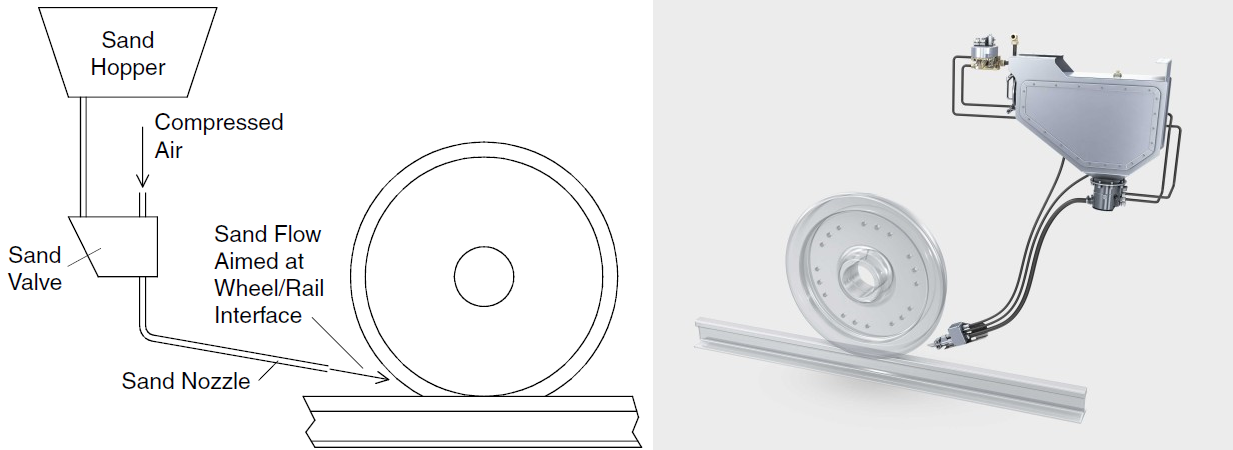
.jpg)